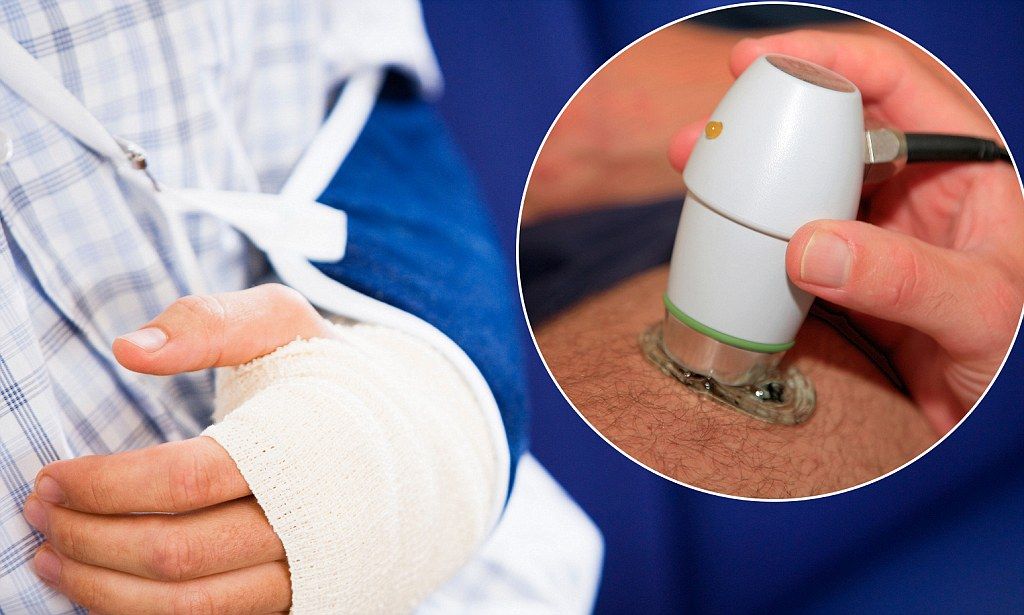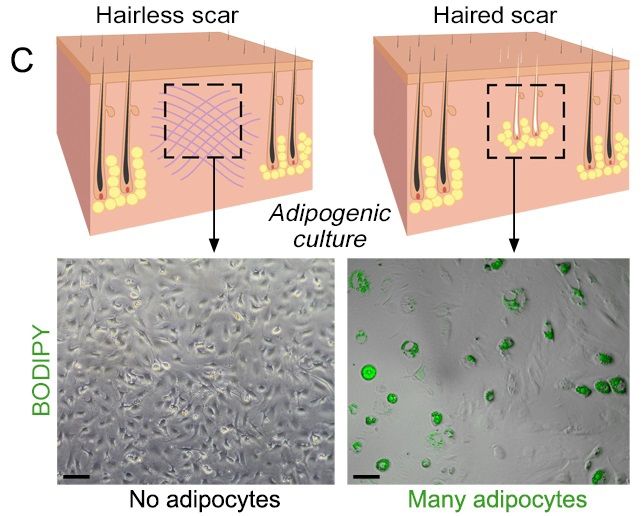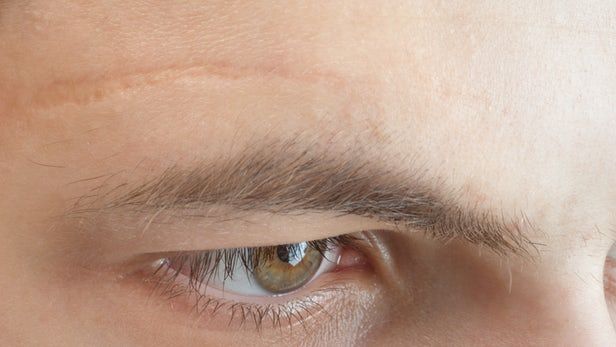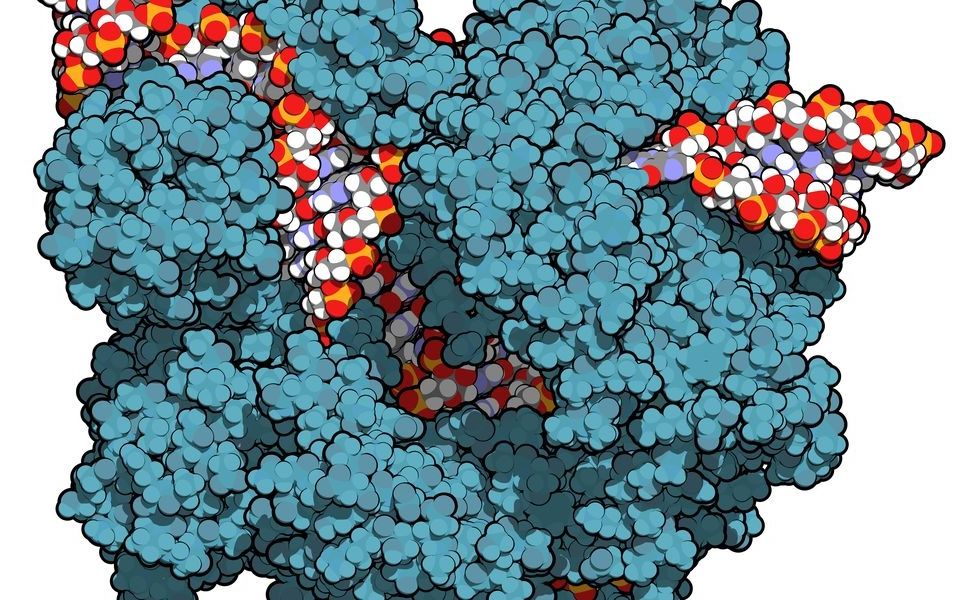Archive for the ‘biotech/medical’ category: Page 2484
Jan 8, 2017
The Message of Thomas Friedman’s New Book: It’s Going to Be O.K
Posted by Derick Lee in categories: biotech/medical, education, law, sustainability
Friedman argues that man is actually a fairly adaptable creature. The problem is that our capacity to adapt is being outpaced by a “supernova,” built from three ever faster things: technology, the market and climate change.
Man has sped up his own response times. It now takes us only 10–15 years to get used to the sort of technological changes that we used to absorb in a couple of generations; but what good is that when technology becomes obsolete every five to seven years? The supernova is making a joke of both patent law and education. Governments, companies and individuals are all struggling to keep up.
Friedman’s main cause for optimism is based on a trip back to St. Louis Park, the Minneapolis suburb where he grew up. This is perhaps the most elegiac, memorable part of the book — a piece of sustained reportage that ranks alongside “From Beirut to Jerusalem,” Friedman’s masterly first book about the Middle East. He points out that the same communal virtues that made Minnesota work when he was young have survived — and are still useful. But somehow, the passages that lingered with this reader were the ones about the good old days that have disappeared — when baseball used to be a sport that everybody could afford to watch, when local boys like the young Friedman could caddy at the United States Open, when everybody in Friedman’s town went to public schools.
Continue reading “The Message of Thomas Friedman’s New Book: It’s Going to Be O.K” »
Jan 7, 2017
Stem Cell Therapy Injections
Posted by Shailesh Prasad in categories: biotech/medical, life extension
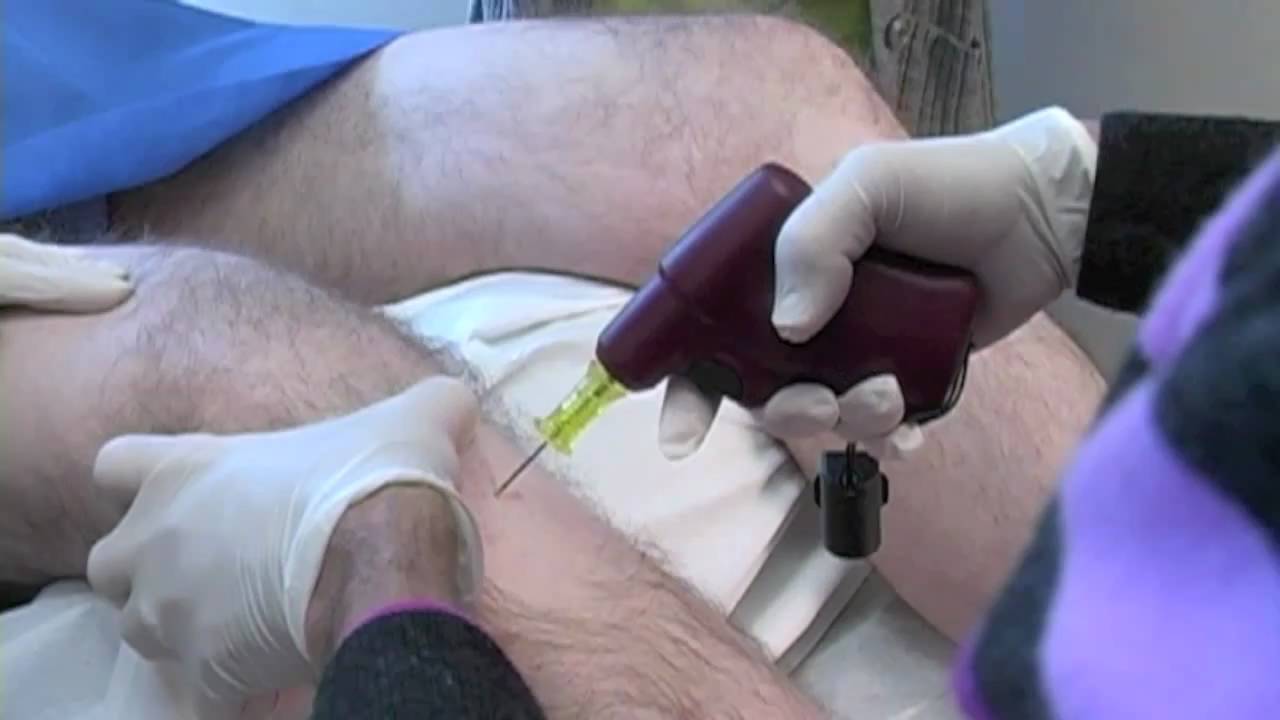
https://www.youtube.com/watch?v=DealmN94tRw
Stem Cell therapy, is one form of Comprehensive Prolotherapy available for arthritis treatment, and other chronic pain conditions at Caring Medical and Rehabilitation Services. Our same-day procedure utilizes a person’s own mesenchymal stem cells from bone marrow or fat cells to treat degenerated joints. In this video, the stem cell therapy treatment is demonstrated on an athlete with severe osteoarthritis of the knee, by Ross Hauser, MD. Dr. Hauser has specialized in comprehensive Prolotherapy and Orthobiologic treatments since 1993 and treated tens of thousands of patients with excellent success, even patients who have failed surgery, knee replacement, or other treatments for arthritis and pain. To make an appointment with one of our specialists or for an opinion on your case and to learn more about our Stem Cell Prolotherapy, visit us at http://www.caringmedical.com/stem-cell-therapy/
Contact our team to tell us more about your case and see if you are a good candidate for our treatments:
Jan 7, 2017
The Lifeboat Foundation and LEAF join Forces
Posted by Montie Adkins in categories: biotech/medical, education, existential risks, life extension, lifeboat, nanotechnology, robotics/AI
I figured they would post it themselves but I got too excited and decided to spread it around.
The Lifeboat Foundation is a nonprofit organization devoted to encouraging the promotion and advancement of science while helping develop strategies to survive existential risks and the possible abuse of technology. They are interested in biotechnology, nanotechnology, robotics and AI and fostering the safe and responsible use of these powerful new technologies. The Life Preserver program is aligned with our mission to promote and develop rejuvenation biotechnology capable of combating age-related diseases.
We believe that a bright future awaits mankind and support the ethical and safe use of new medical technologies being developed today, thus we consider the goals of the Lifeboat Foundation to be compatible with ours and are pleased to move forward with them in official collaboration. As part of our commitment to the ethical progress of medical science LEAF promotes scientific research and learning via our crowdfunding website Lifespan.io and our educational hub at the LEAF website. A number of LEAF board members are already on the Scientific Advisory board for the Lifeboat Foundation and we look forward to working closely with them in the coming year.
Continue reading “The Lifeboat Foundation and LEAF join Forces” »
Jan 7, 2017
Cancer-fighting startup Grail is about to get a billion dollar boost
Posted by Shane Hinshaw in category: biotech/medical
Grail, a company that aims to use a blood test to spot cancer, has announced a massive round of funding for its experimental approach.
Jan 7, 2017
Using Fat to Help Wounds Heal Without Scars
Posted by Steve Hill in category: biotech/medical
Manipulating fat cells to aid healing without scarring.
PHILADELPHIA – Doctors have found a way to manipulate wounds to heal as regenerated skin rather than scar tissue. The method involves transforming the most common type of cells found in wounds into fat cells – something that was previously thought to be impossible in humans. Researchers began this work at the Perelman School of Medicine at the University of Pennsylvania, which led to a large-scale, multi-year study in connection with the Plikus Laboratory for Developmental and Regenerative Biology at the University of California, Irvine. They published their findings online in the journal Science on Thursday, January 5th, 2017.
Fat cells called adipocytes are normally found in the skin, but they’re lost when wounds heal as scars. The most common cells found in healing wounds are myofibroblasts, which were thought to only form a scar. Scar tissue also does not have any hair follicles associated with it, which is another factor that gives it an abnormal appearance from the rest of the skin. Researchers used these characteristics as the basis for their work – changing the already present myofibroblasts into fat cells that do not cause scarring.
Continue reading “Using Fat to Help Wounds Heal Without Scars” »
Jan 7, 2017
IBM predicts five innovations for the next five years
Posted by Klaus Baldauf in categories: biotech/medical, nanotechnology, robotics/AI
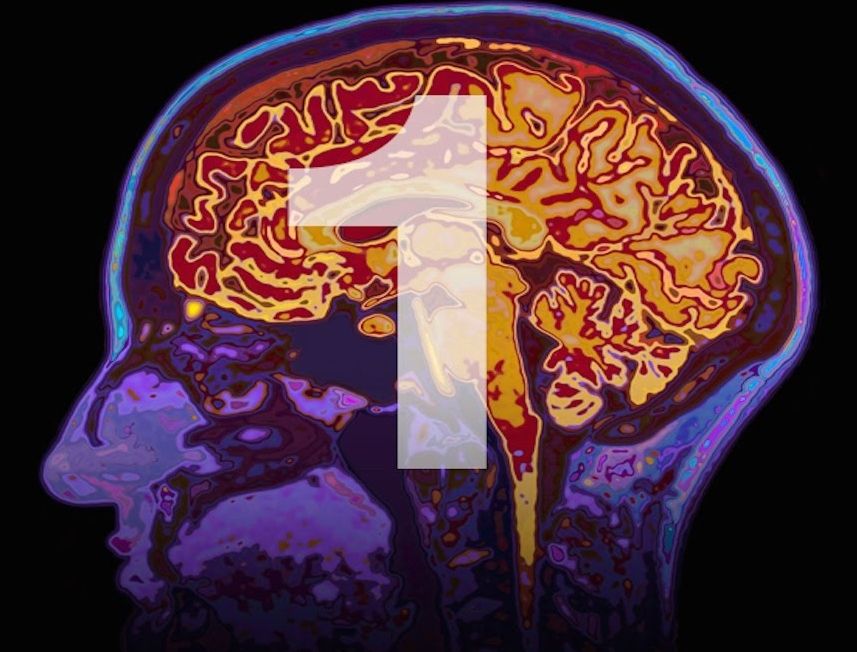
https://youtube.com/watch?v=DnYUNQVcVnI
IBM has unveiled its annual “5 in 5” – a list of ground-breaking innovations that will change the way people work, live, and interact during the next five years.
In 1609, Galileo invented the telescope and saw our cosmos in an entirely new way. He proved the theory that the Earth and other planets in our Solar System revolve around the Sun, which until then was impossible to observe. IBM Research continues this work through the pursuit of new scientific instruments – whether physical devices or advanced software tools – designed to make what’s invisible in our world visible, from the macroscopic level down to the nanoscale.
Continue reading “IBM predicts five innovations for the next five years” »
Jan 6, 2017
Scar-free wound healing could be on its way
Posted by Shane Hinshaw in category: biotech/medical
There are a couple of reasons that scar tissue looks different than regular skin – it lacks hair follicles, and it has no fat cells. Recently, though, scientists from the University of Pennsylvania and the University of California, Irvine succeeded in addressing both factors. They’re now able to get wounds to heal with regenerated skin, instead of with scar tissue.
Myofibroblasts are the most common type of cell found in healing wounds, and they’re associated with scar formation. Led by U Penn’s Dr. George Cotsarelis, the research team was able to get those cells to transform into ones known as adipocytes – these are the fat cells that are present in normal skin, but absent in scars.
Scientists in the Cotsarelis Lab already knew which growth factors were necessary for hair follicles to form in the skin. This knowledge previously allowed them to induce follicles to grow at wound sites on mice, although that would supposedly only be solving half of the problem.
Jan 6, 2017
This 3D Printed Art Project Could Have Medical Applications
Posted by Shane Hinshaw in categories: 3D printing, biotech/medical
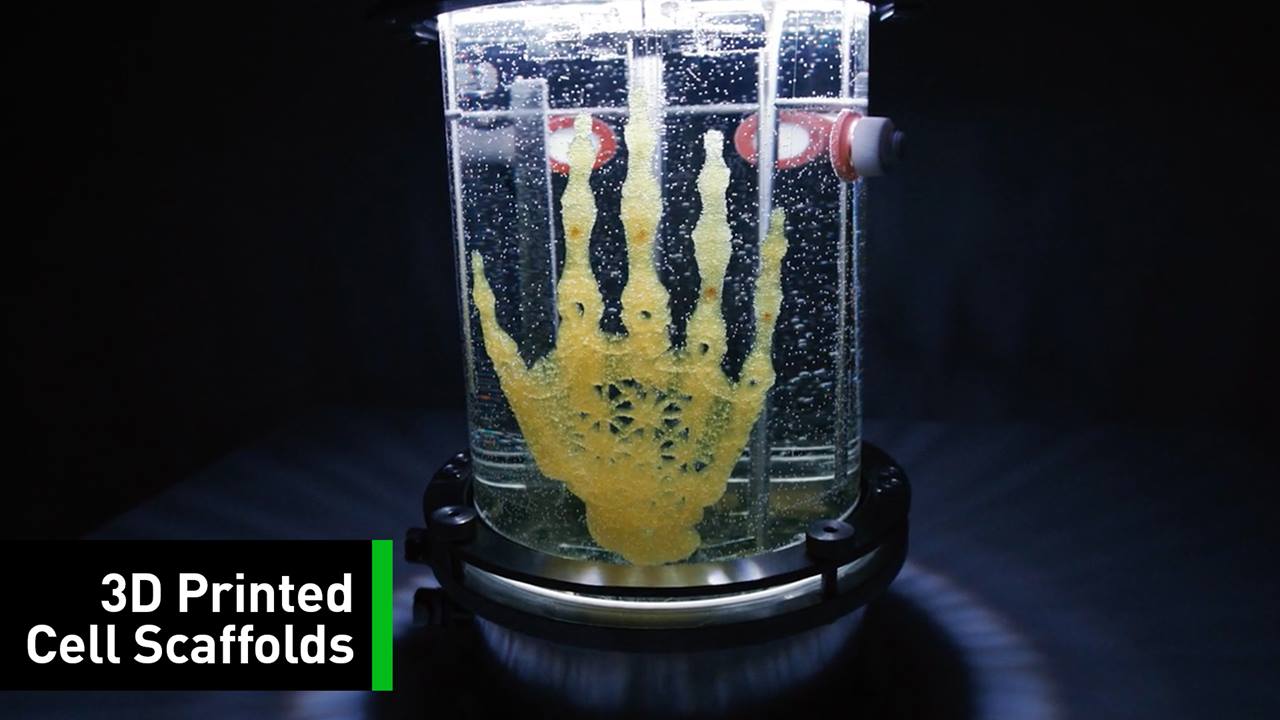
Futurism, Brooklyn, New York. Covering the latest scientific breakthroughs and technological innovations.
